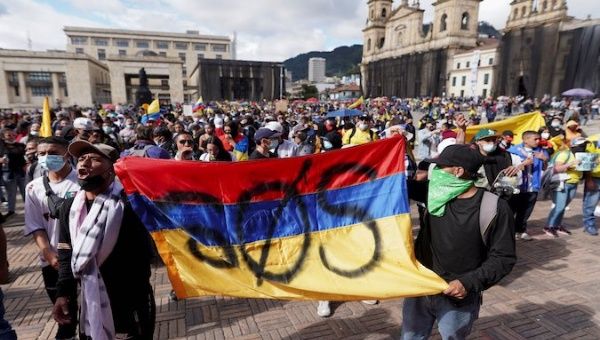acooban@businessinsider.com (Anna Cooban)

About 4 million workers in the US quit their jobs in April - a 20-year record.
There were 9.3 million job vacancies at the end of April, another 20-year record.
Job vacancies rose most in the accommodation and food-service sectors.
Job vacancies rose to a 20 year-high in April, a Labor Department survey showed Tuesday.
The survey also showed that 4 million workers quit their jobs in April - another 20-year record. Job quits rose most in the retail sector and the professional and business services sector.
Companies were advertising 9.3 job million openings at the end of April, up 12% from the previous month. The number of vacancies grew most in the accommodation and food-service sectors, which are opening up after more than a year of COVID-19 restrictions.
Vacancies fell in education, mining, and logging.
Video: 40% of Workers Would Think About Quitting Their Jobs If They Weren’t Allowed
The job vacancy rate - the number of new job openings as a proportion of total jobs plus vacancies - was up 6%.
The Labor Department started keeping records on job openings in 2000.
Businesses have reported severe labor shortages in recent weeks. The US Chamber of Commerce last week declared a "national economic emergency" which posed "an imminent threat to our fragile recovery."
The shortage has given many workers the confidence to leave their jobs. Insider previously spoke to some workers who "rage quit" their jobs in search of better pay and working conditions, with the pandemic having encouraged many to reevaluate what they want from their work.
Fares on ride-hailing apps Uber and Lyft surged as much as 40% in April compared to the same time last year thanks to a driver shortage.
Four in five local pharmacies have struggled to find enough people to deliver prescriptions and run the cash register, according to a report this month by the National Community Pharmacists Association.


 ©
©











